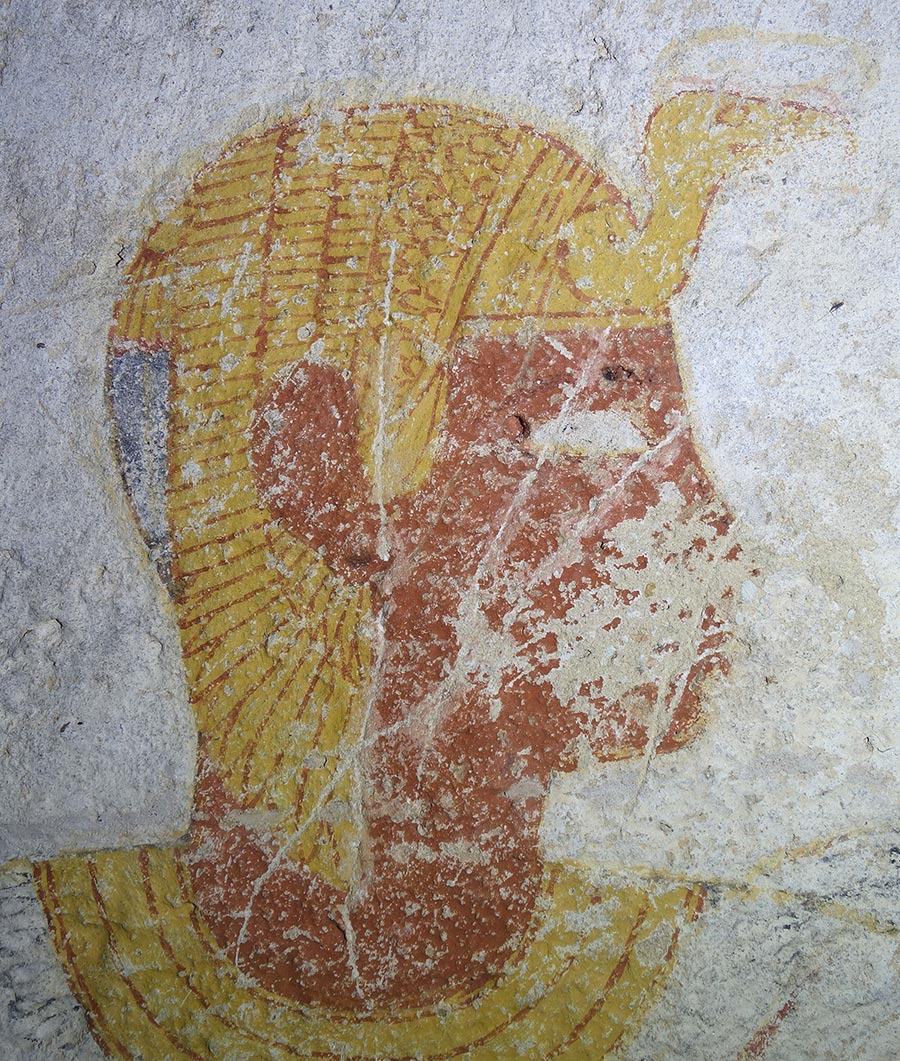The Afterlife of Devotion
El-Kurru as a Modern Pilgrimage Site

The pyramid cemetery of El-Kurru was clearly a pilgrimage site in Meroitic and medieval Christian times, but the site has retained ritual significance in more recent times, too. Leaving aside archaeological and heritage tourism as a kind of ritual pilgrimage, the site has become associated in Sudanese lore with local spirits (jinn) known as the “daughters of the sheikh” (banat esh-sheikh).
According to the local story, a religious figure named Sheikh el-Aghbash married a woman who turned out to be possessed by a jinn (you can’t be too careful whom you marry). They had seven daughters — the banat esh-sheikh — and the spirits of those daughters still appear to people, especially women, in El-Kurru village. They can provide help with fertility and illness and can give signs of the future, but they need to receive offerings so that their involvement is helpful rather than harmful.
Offerings are made to the banat esh-sheikh at feasts, but they are also made in the pyramid cemetery at El-Kurru, specifically outside the tomb of Queen Qalhata. Her tomb is the only one of the queens’ tombs that has its original wall paintings still preserved, and these images may have helped inspire this connection.

